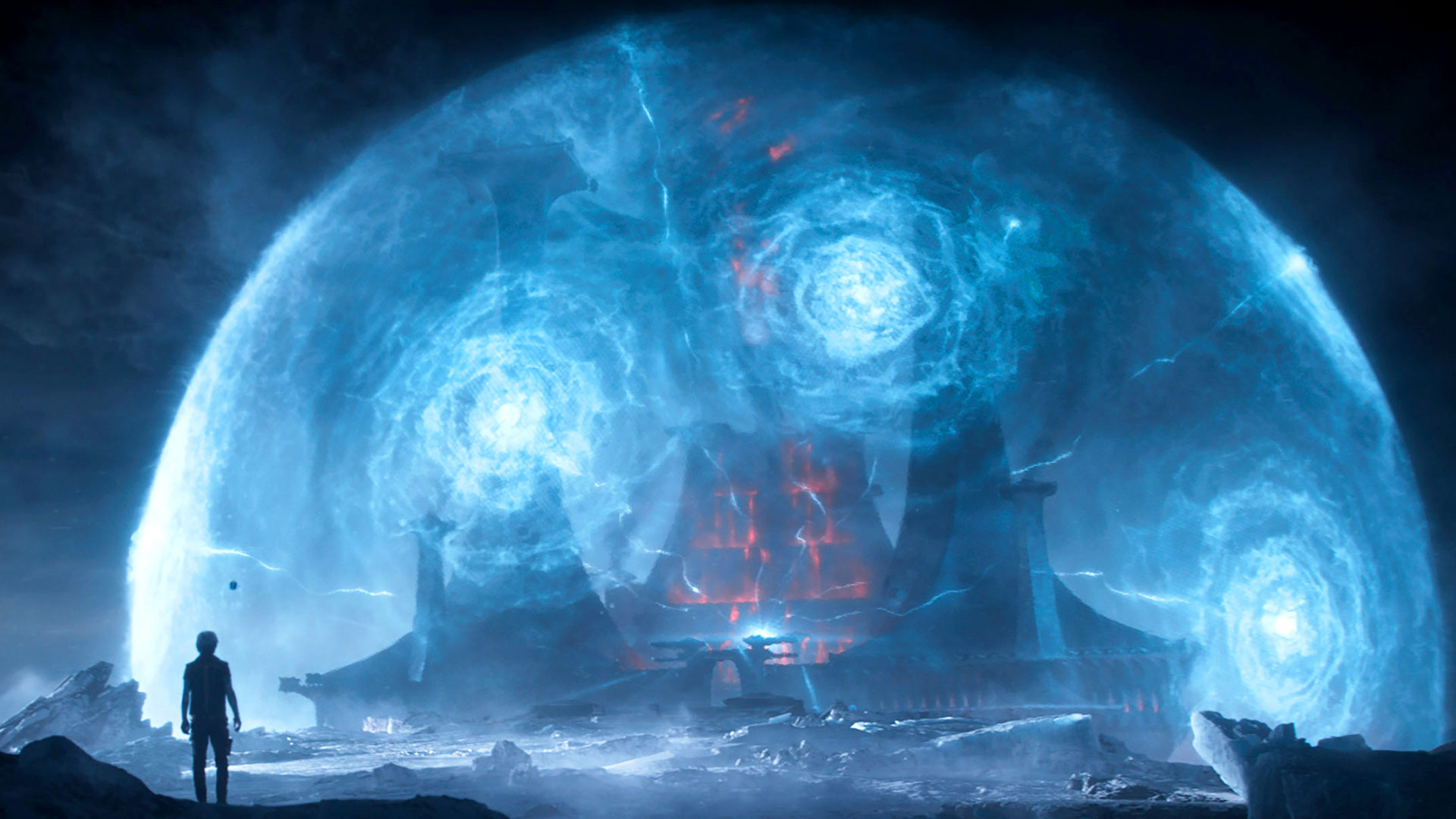Much of the action in Ready Player One, the new Steven Spielberg-directed film based on the best-selling novel by Ernest Cline, takes place inside something called the OASIS (Ontologically Anthropocentric Sensory Immersive Simulation). The story is set in a largely dystopian year 2045, when much of humanity prefers living in the OASIS — a massively popular, fully immersive virtual universe soaked in 1980s nostalgia — to a real world in decline.
Ready Player One trailer
Warner Bros. Pictures
The virtual action of the OASIS is distinguished from the film’s real-world settings in part through visual treatment. Cinematographer Janusz Kaminski shot the real-world scenes on 35mm film, so they would look less slick and glossy than the digital OASIS simulations. Meanwhile, inside the OASIS, the film’s characters appear as avatars — digital representations of the characters whose performances were driven by the same actors. Digital Domain led the performance capture initiative on the film, while ILM was tasked with creating the characters’ avatars and the virtual OASIS environments.

Tye Sheridan as Wade
Courtesy of Warner Bros. Pictures
Spielberg wore a VR headset so he could see the blank mocap volume as a digital set where he could develop his blocking and plan shots while seeing the real actors in front of him depicted as their in-film avatars in virtual space. “Once I figured out how I was going to shoot each sequence, I asked the actors to put on the goggles so they could get a feeling of what their environment looked like,” Spielberg said in production notes provided by Warner Bros. “Otherwise, you’re acting in a big white room with a bunch of digital cameras looking down at you.”
Once the mocap performances were committed, Spielberg would visit the “V-Cam tent,” where he could use a custom virtual camera rig to precisely frame shots and select the coverage he needed without making the actors go through their paces repeatedly. The rig had a small screen to monitor real-time rendering of the mocap data from a videogame engine, and a virtual lens system that changed apparent focal lengths at the push of a button. It was designed and built by motion-capture production supervisor Clint Spillers in consultation with Digital Domain robotic engineer Jim Kundig.

Tye Sheridan as Wade
Courtesy of Warner Bros. Pictures
Motion-capture data and footage from the actors’ head-mounted cameras went to ILM for animation and rendering, with ILM’s facial capture system driving facial performances.
Spielberg wasn’t exactly a stranger to working this way — The Adventures of Tintin and The BFG both made extensive use of motion capture — but this project marked the first time he had the option of donning a VR headset in order to work with actors, and their avatars, on a digital set. “The layers we had to achieve to put the OASIS on screen made it one of the most complicated things I’ve ever done,” said Spielberg. “There was motion-capture, live action, computer animation … It was really like making four movies at the same time.”
Crafts: VFX/Animation
Sections: Creativity
Topics: Project/Case study Motion Capture performance capture v-cam virtual camera rig
Did you enjoy this article? Sign up to receive the StudioDaily Fix eletter containing the latest stories, including news, videos, interviews, reviews and more.










